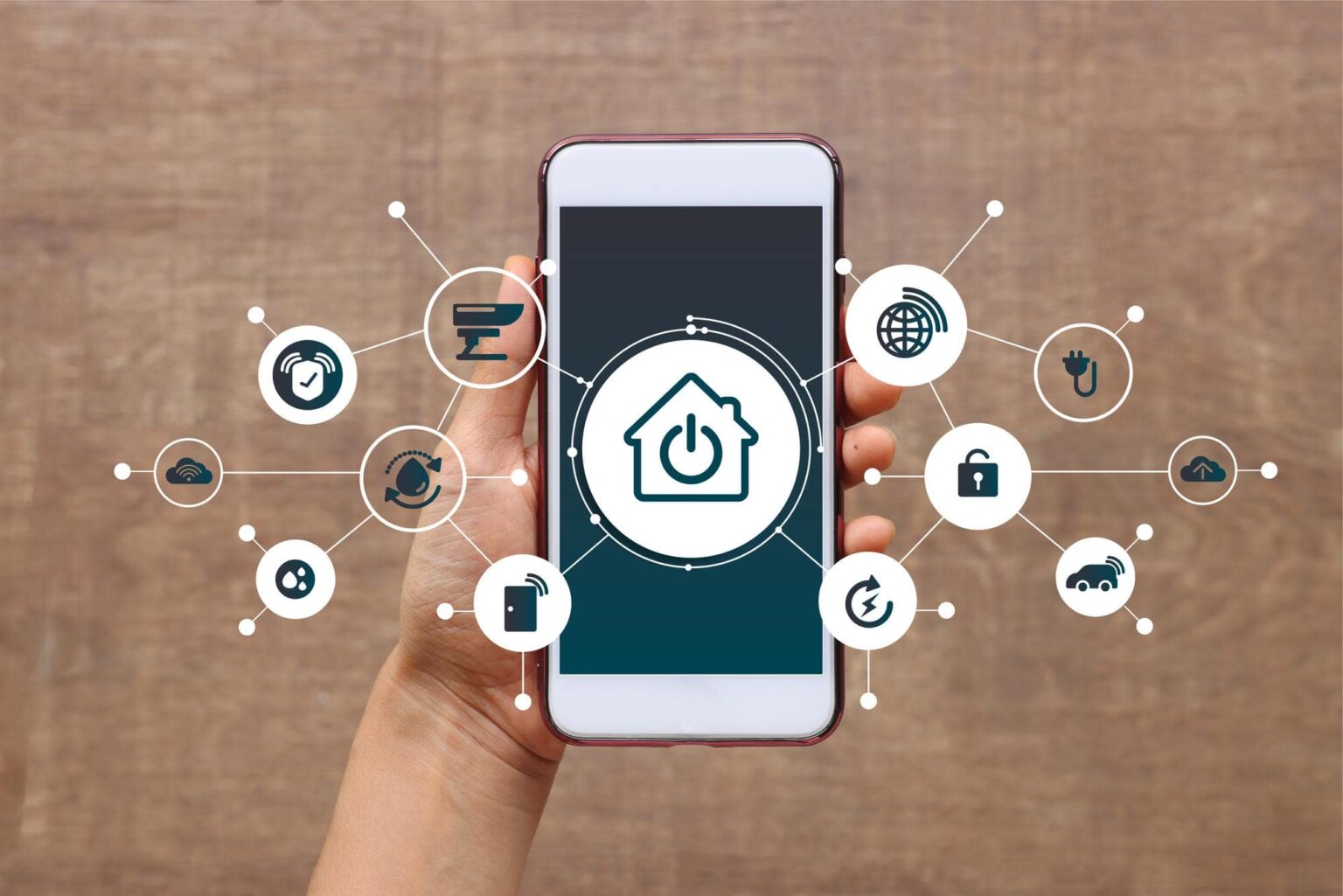Smart home and Internet of Things (IoT) devices are revolutionizing the home insurance industry by enhancing safety and risk mitigation. These devices enable homeowners to monitor their homes, detect potential risks, and take preventive measures, while insurers benefit from improved risk assessment and loss prevention. Here’s how smart home and IoT devices are enhancing safety and risk mitigation in home insurance:
Home Security Systems: Smart home security systems, equipped with features like motion sensors, door/window sensors, and surveillance cameras, enhance home security and reduce the risk of theft or break-ins. These systems can be connected to a central monitoring station or integrated with smartphone apps, allowing homeowners to monitor their properties remotely. Insurers offer incentives, such as discounts on premiums, to homeowners who install smart security systems, as they help mitigate the risk of property damage and theft.
Water Leak Detection: IoT devices, such as water leak detectors, can detect leaks or water damage in the home and alert homeowners in real-time. These devices can be placed near appliances, sinks, or other potential sources of water leakage. By providing early warning, homeowners can take immediate action to mitigate damage and prevent costly repairs. Insurers benefit from reduced claims related to water damage, and homeowners may receive discounted premiums for installing such devices.
Smoke and Fire Alarms: Smart smoke and fire alarms use advanced sensors to detect smoke or unusual heat patterns, alerting homeowners and emergency services. These devices can be interconnected and integrated with home automation systems or mobile apps, allowing remote monitoring and control. By providing early detection and timely alerts, smart smoke and fire alarms help prevent extensive damage, minimize loss of life, and assist firefighters in responding quickly.
Carbon Monoxide Detectors: Carbon monoxide (CO) is an odorless and colorless gas that can be lethal if undetected. Smart CO detectors monitor the air for elevated CO levels and alert homeowners to potential poisoning risks. These devices can also provide remote notifications, allowing homeowners to take action even when they are not at home. By integrating CO detectors into home insurance policies, insurers can enhance risk assessment and offer discounts to homeowners who prioritize safety.
Smart Thermostats: Smart thermostats enable homeowners to control heating and cooling systems remotely and optimize energy usage. These devices can learn temperature preferences, adjust settings based on occupancy, and provide energy usage insights. By promoting energy efficiency and reducing the risk of overheating or freezing, smart thermostats can help prevent damage caused by extreme temperatures. Insurers may offer discounts for homeowners who use smart thermostats, as they contribute to risk mitigation.
Home Monitoring and Surveillance: IoT-enabled home monitoring systems allow homeowners to monitor their properties through video surveillance and motion sensors. These systems can provide live video feeds, alert homeowners to suspicious activities, and deter potential burglars. By investing in such systems, homeowners can reduce the risk of theft and vandalism. Insurers recognize the value of enhanced security and may offer lower premiums to homeowners with home monitoring and surveillance systems.
Insurance Telematics: Insurers are exploring the use of telematics technology to assess risk and personalize premiums for home insurance. Telematics devices installed in homes can collect data on various factors, such as security measures, energy usage, and maintenance. This data helps insurers accurately assess risk profiles and offer customized coverage and premiums based on individual behavior and risk mitigation efforts.
By leveraging smart home and IoT devices, homeowners can proactively monitor and protect their properties, leading to reduced risks and potential insurance claims. Insurers benefit from improved risk assessment, loss prevention, and the ability to offer personalized coverage options. The adoption of these devices in the home insurance industry enhances safety, encourages responsible homeowner behavior, and creates a mutually beneficial relationship between insurers and policyholders.



